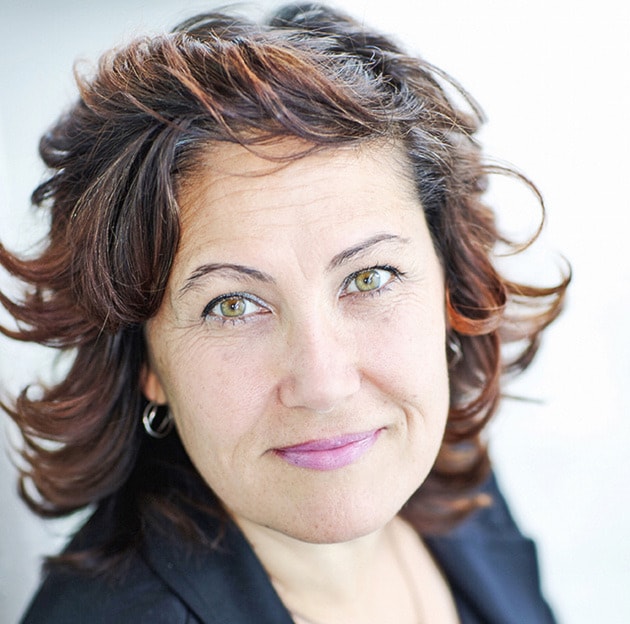By Mike Straus/Contributor
For Kristin Garn, ed-tech entrepreneurship is a way of life.
“I’ve always been an entrepreneur in the education space, since I was in my twenties. After I graduated with my education degree, I started my own consulting company. I worked in classrooms, started consulting, and kept growing the business – and the instant that I saw mobile is a wonderful tool for learning, I moved into software development, ” said Garn.
Garn founded �������� education technology startup Mathtoons in 2011, after her 20 years of experience as a math tutor showed her that the education system was missing something big: A data-driven approach to learning.
“Schools are still using 19th century tools – that is, textbooks. To this day, we’re still not using the smart tools that help us understand how the learner is using them. That means we’re wasting a lot of learner time. So we built a piece of software that allows anyone to create their own mobile learning apps. Our VP of user experience, Ryan Martinez , built a massive analytics engine. We’re trying to be the next generation of learning tools.”
With a host of talented tech workers on board, Garn built the Software-as-a-Service app Practi, Mathtoons’ flagship product. Practi combines a student interface for learning math, science, and languages (Practi Play) with a teacher-riented app for designing and publishing courses (Practi Press).
Practi is now being used to teach curriculum topics and aid in employee training at institutions like the University of Saskatchewan, the University of British Columbia, Ryerson University, Memorial University and the Realm School in California.
Garn says that the field of ed-tech is quickly moving toward competency-based evaluation, where practical application of learned skills is just as important as rote memorization.
Traditional educational technology tools have focused too much on the what of learning and not enough on the how, she says, and Mathtoons grew out of her desire to build a design-focused solution to the educational system’s structural problems.
“We make it look seamless, but there are a lot of moving parts that we’ve had to perfect. This whole idea of optimizing the learning cycle…when you get developers in there, that’s when you have a process for optimization. We use AGILE development methodology (to optimize learning).”
As an educator and data scientist, Garn says that managing the dichotomous relationship between technology’s rapid evolution and education’s emphasis on proven methods requires the support of major innovators.
“UBC has been amazing for me – it was ground-breaking, to start that partnership. Their education faculty, the comp-sci department, the math professors, the industry liaison officer…anything we needed, they were there.”
Beyond having industry support, Garn says that running an education technology startup also requires a diverse team.
“You have to make sure that you have science-based technical team members. My tech team consists of mathematicians and computer scientists, which matters because we’re moving into a data-driven future. We’re one of the few tech companies around that has kept the same core team members for years. That’s because we need a team that can analyze data. The future is geeks!”
Garn says that her software can sometimes use as many as 20 different learning algorithms, and choosing the right algorithm for the right task is essential to the Mathtoons operation.
Thankfully, she notes, the Okanagan’s thriving tech sector and enviable lifestyle means that attracting and retaining talent is relatively easy.
However, Garn’s experience in business hasn’t been completely free of complications. One of the most significant lessons she’s learned came from a meeting at Google’s headquarters, where the skeptical entrepreneur dismissed one of tech entrepreneurism’s essential axioms.
“In 2013, the Canadian Trade Association recognized me as a top female tech CEO, and I went to Google and met with other female CEOs and executives. One of the things they said about tech is that it’ll take three times more time and money than you think. I figured, ‘I’m a mathematician, so I can estimate pretty well – that won’t be true for me.’ Turns out, it’s true.
“Always budget for more time and money than you think you’ll need.”
But Garn learned quickly, and after four years of building Mathtoons, the company is experiencing rapid growth. Mathtoons is attracting sales and potential clients from outside of Canada, and is continuing the success it saw in 2013 when Mathtoons’ app “Grammar Fun!!” hit 700 per cent popularity growth within two weeks of its release.
Garn credits much of her success to the entrepreneurial environment in ��������, and says that starting a company in a growing tech center is opening some rather significant doors.
“Amazon is coming to Canada right now - they’re starting an office in Montreal.
“I was talking with their Canadian liaison today, and I told him I was calling from ��������, the west’s tech center.
“He said, ‘I’ve heard that place is growing.’ (That’s a good indication that) �������� is a great place to build a company.”
Crowe MacKay’s Women to Watch program is a weekly feature that profiles remarkable women in our community, concluding October 16th. After terrific response, the nomination period for 2015 is now closed. Watch this space each week to see our remaining Women to Watch.



